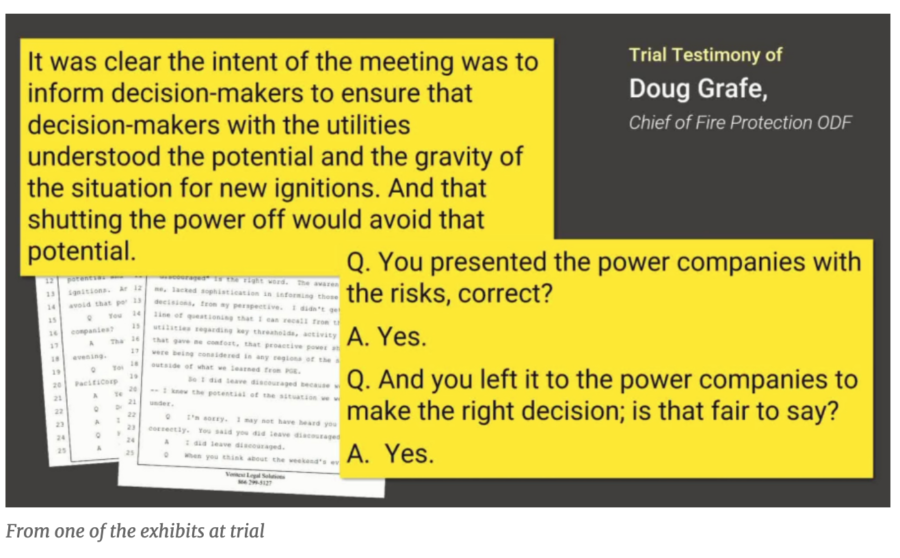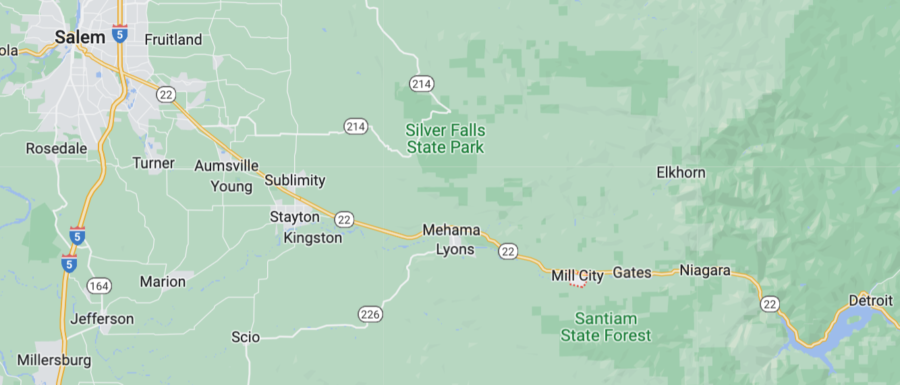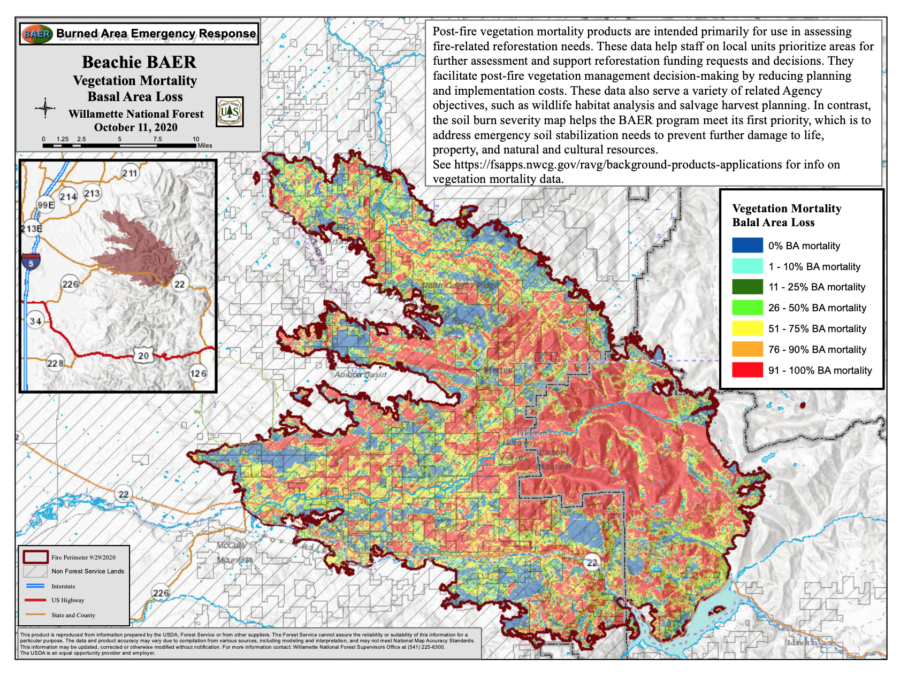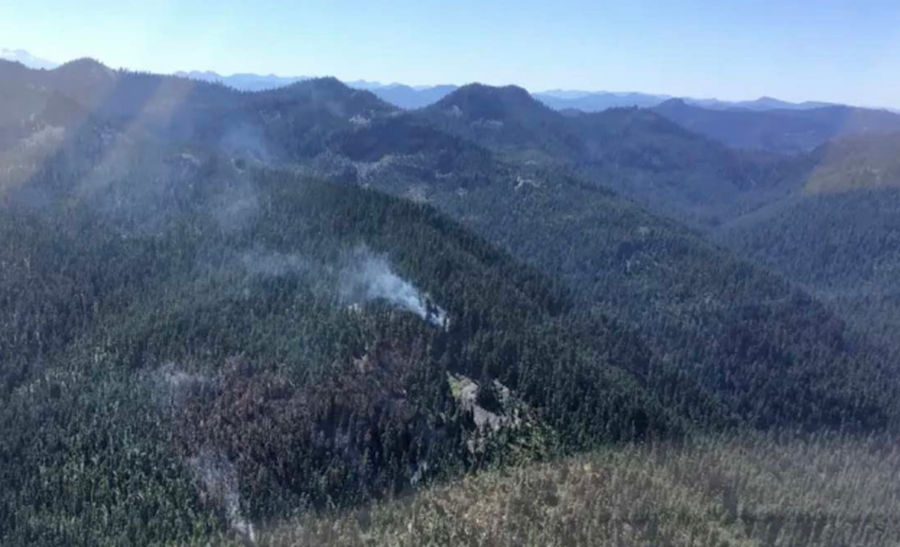Guess which utility company in Oregon was ordered in a jury trial to cough up another $42 million for its negligence in starting the 2020 Labor Day fires?
It’s come to feel almost like a late-night comedy routine. Financial damages now total up in the billions of dollars, as PacifiCorp and others have racked up loss after loss in court with people who lost their homes, their properties, friends and family members, and often lifetimes of memories living in scenic river canyons of western Oregon. The utility company was ordered yesterday to pay off 10 more victims of the fires 3½ years ago that were driven by east winds, high temperatures, and flames started by neglected electric equipment owned and (not) maintained by Pacific Power, which is a part of PacifiCorp, which is a part of Berkshire Hathaway Energy.

As an Associated Press report explains, in June of last year a jury found PacifiCorp liable for negligently refusing to cut power to its 600,000 electric customers, despite repeated warnings from fire and emergency officials. The jury determined that the utility had acted negligently and willfully and should have to pay punitive and other damages — a decision that applied to a class of current and potential litigants including the owners of up to 2,500 properties.
Tuesday’s decision was the third verdict applied to a specific set of plaintiffs. Last month, a jury awarded $85 million to a different group of nine plaintiffs, and the jury that initially found PacifiCorp liable awarded about $90 million to 17 homeowners named as plaintiffs in that case.
Other PacifiCorp lawsuits over the Labor Day 2020 fires are detailed HERE and HERE and HERE and HERE and HERE and HERE and HERE and HERE. Thousands of other class members are still awaiting trials, though the sides are also expected to engage in mediation that could lead to a settlement.
The U.S. government is also threatening to sue PacifiCorp to recover nearly $1 billion in costs related to the 2020 wildfires in southern Oregon and northern California, though the company is trying to negotiate a settlement. The PacifiCorp website says the company leads in wildfire mitigation, and its system-wide, six-state plan includes in-house emergency management and meteorology and data science teams — and features the installation of over 450 weather stations, grid hardening, fire-risk modeling software, and an “enhanced” vegetation management program.
“The safety of our employees, customers, and communities remains our top priority,” declares PacifiCorp.
Meanwhile in southeast Idaho, renewable energy developer NorthRenew Energy has sold its 300-MW-plus Arco Wind and Solar project in southeast Idaho to PacifiCorp. This is NorthRenew’s ninth project sale since the company’s inception in 2017.














